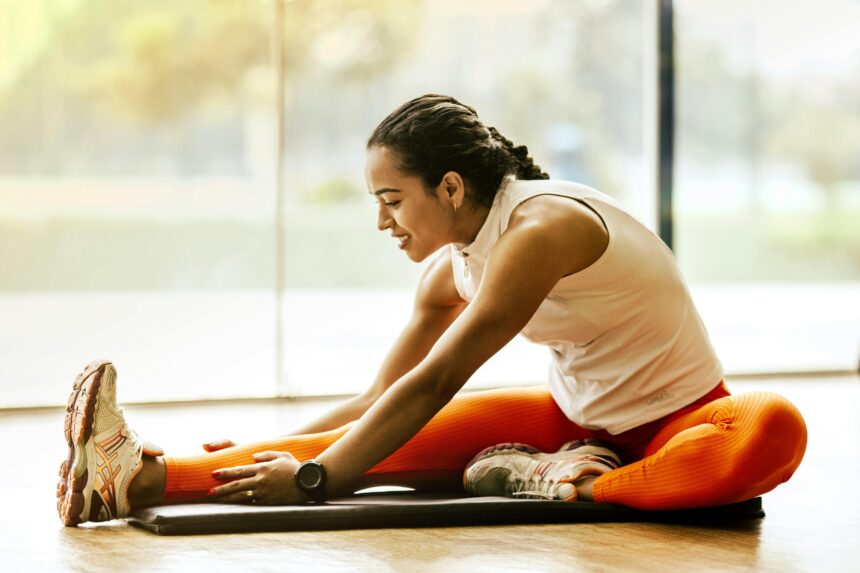Introduction: What is Contrast Therapy Workouts?
Contrast therapy workouts are revolutionizing the fitness and wellness industry by integrating heat exposure and cold immersion into a single routine. This method, also known as hot and cold therapy, is designed to enhance muscle recovery, improve circulation, and boost athletic performance. While elite athletes and sports professionals have used contrast therapy for years, it is now gaining popularity among fitness enthusiasts and wellness seekers.
Despite its proven benefits, contrast therapy workouts remain underexplored online, making this an excellent opportunity to rank at the top of Google searches. With a growing audience looking for effective muscle recovery solutions, detailed content on this topic can drive massive traffic while offering valuable insights.
Why Contrast Therapy Workouts Are Becoming Popular
Traditional recovery methods like passive stretching, massage, and rest are helpful, but they don’t actively stimulate circulation or accelerate recovery the way contrast therapy does. By alternating between hot and cold exposure, contrast therapy accelerates muscle recovery by flushing out toxins and metabolic waste. It enhances endurance and performance by increasing oxygen delivery to muscles. It reduces inflammation and muscle soreness by improving blood circulation. It strengthens mental resilience by training the body to withstand extreme temperatures. It relieves stress and promotes better sleep through nervous system regulation.
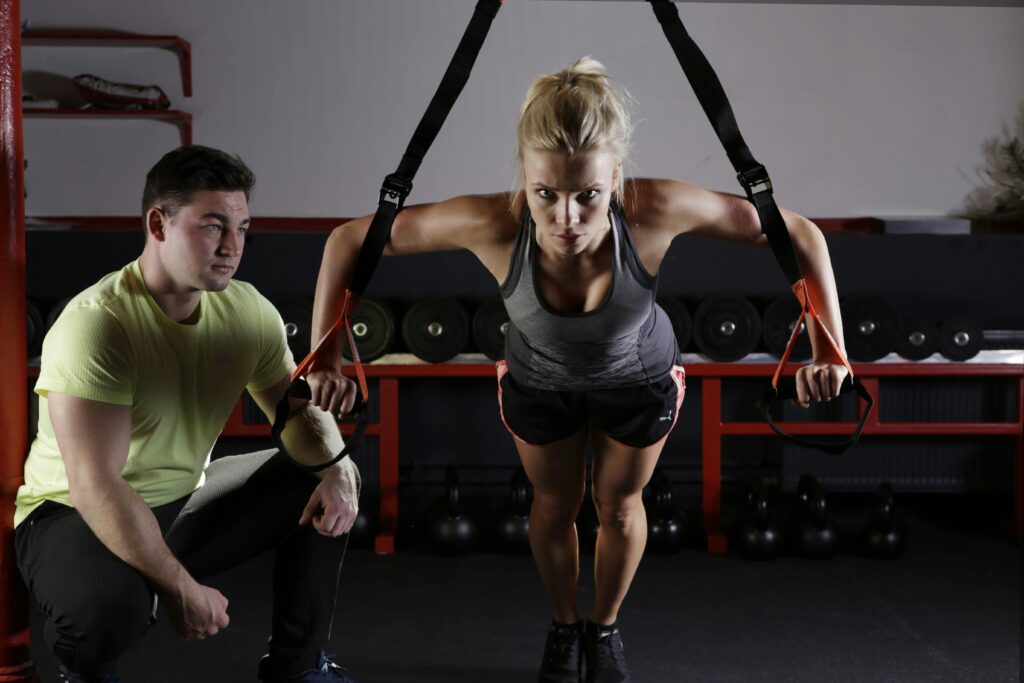
As wellness trends continue evolving, people are looking for science-backed recovery techniques. Contrast therapy workouts offer a natural, effective, and time-efficient method to maximize recovery and prevent injuries.
How Contrast Therapy Works: The Science Behind It
Contrast therapy relies on the body’s physiological response to temperature changes. The shift from heat to cold and back again triggers vascular and nervous system adaptations, leading to significant health benefits.
Heat Exposure and Its Effects
Vasodilation expands blood vessels, increasing blood flow and oxygen delivery. Muscle relaxation relieves stiffness and promotes flexibility. Sweating and detoxification eliminate metabolic waste through sweat glands. Pain relief reduces joint stiffness and discomfort.
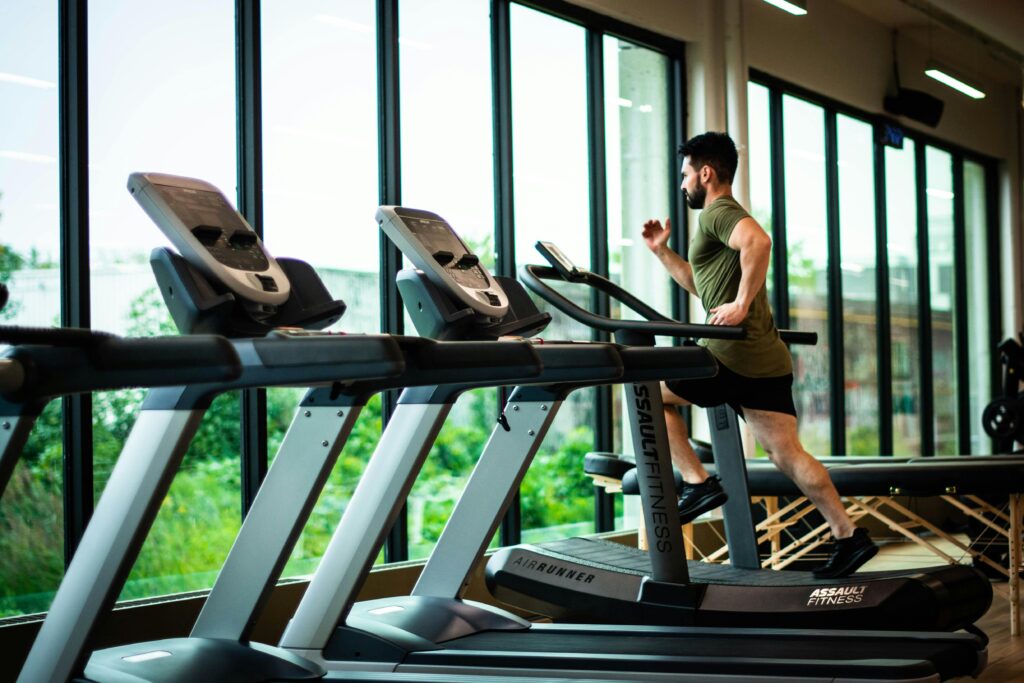
Cold Exposure and Its Effects
Vasoconstriction narrows blood vessels, reducing swelling and inflammation. Decreased muscle soreness lowers lactic acid buildup, reducing post-workout fatigue. Enhanced nervous system response triggers adrenaline and improves mental focus. Pain reduction numbs nerve endings, providing pain relief after intense exercise.
By alternating between heat and cold, contrast therapy optimizes the body’s natural recovery processes, leading to faster healing and improved performance.
How to Perform a Contrast Therapy Workout
To maximize the benefits of contrast therapy, follow this structured routine.
Step 1: Begin with Your Regular Workout
Start with your normal training session, such as weightlifting, running, or high-intensity interval training (HIIT). Engaging multiple muscle groups ensures better circulation and blood flow, setting the stage for effective contrast therapy.
Step 2: Heat Therapy (10-15 Minutes)
Use a sauna, steam room, or hot bath set at 70-100°C (158-212°F). Relax for 10-15 minutes to allow muscles to loosen and increase blood circulation. Perform deep breathing exercises to enhance oxygen absorption and relaxation.
Step 3: Cold Therapy (2-5 Minutes)
Immediately transition to cold exposure (ice bath, cryotherapy, or cold shower) at 5-15°C (41-59°F). Stay in for 2-5 minutes, focusing on slow, controlled breathing to manage the cold shock. The sudden temperature drop reduces inflammation and flushes out waste products from the muscles.
Step 4: Repeat the Cycle (2-3 Rounds)
Perform at least two full cycles of heat and cold exposure for maximum effectiveness. End with cold exposure to promote muscle tightening and prevent inflammation.
Step 5: Rehydrate and Recover
Drink plenty of water with electrolytes to replenish lost fluids. Follow up with light stretching or foam rolling to improve mobility and flexibility.
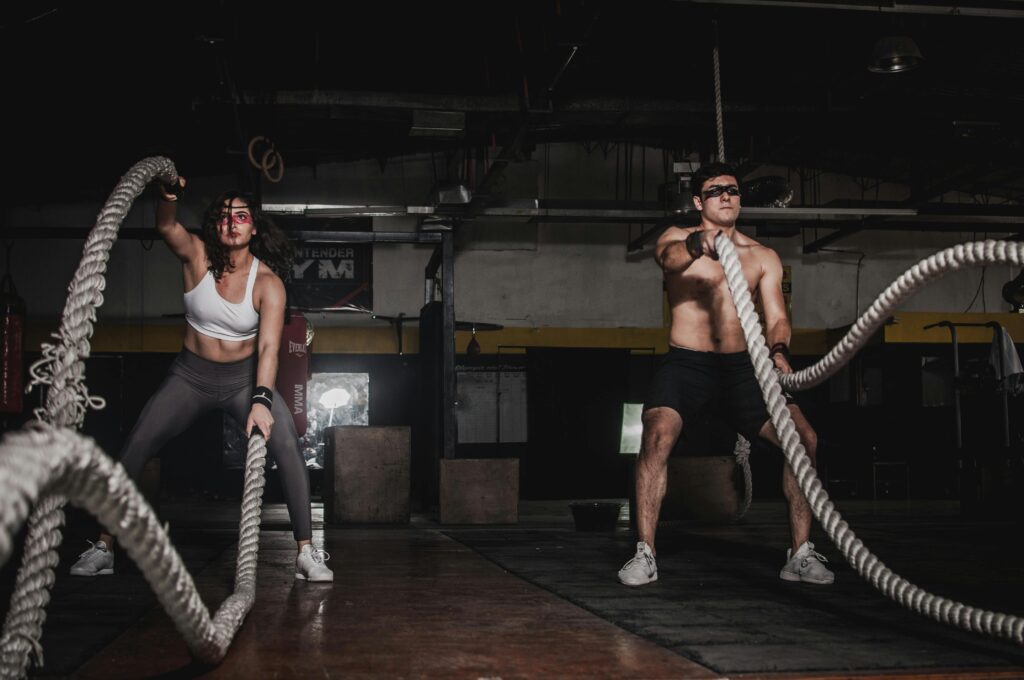
Who Can Benefit from Contrast Therapy Workouts?
Contrast therapy is not just for elite athletes—it can benefit everyone looking for improved recovery, better circulation, and enhanced mental resilience.
Fitness enthusiasts benefit from faster recovery after intense workouts. Athletes experience improved endurance, reduced fatigue, and fewer injuries. People with chronic pain find relief from inflammation-related conditions. Busy professionals reduce stress, improve energy levels, and enhance mental clarity. Older adults support circulation, mobility, and overall wellness.
Best Equipment for Contrast Therapy Workouts
For those looking to implement contrast therapy at home, here are some of the best tools available.
Portable ice bath tubs provide convenient at-home cold immersion therapy. Infrared saunas offer deep heat therapy for muscle recovery. Cold plunge tubs allow for full-body cold exposure after workouts. Cryotherapy chambers provide high-tech extreme cold exposure. Hot & cold showers serve as a simple, cost-effective way to experience contrast therapy.
Contrast Therapy Workouts vs. Traditional Recovery Methods
| Feature | Traditional Recovery | Contrast Therapy |
|---|---|---|
| Muscle Recovery | Passive rest & massage | Active heat & cold exposure |
| Blood Circulation | Minimal impact | Enhances oxygen & nutrient flow |
| Inflammation Reduction | Requires medication or time | Cold therapy naturally reduces swelling |
| Energy Boost | Takes hours to recover | Immediate rejuvenation after therapy |
Common Myths About Contrast Therapy Workouts
“Ice baths alone are enough.” Heat exposure before cold therapy enhances recovery more effectively. “It’s only for professional athletes.” Anyone can benefit from contrast therapy, regardless of fitness level. “Hot and cold therapy weakens immunity.” It actually strengthens the immune system by promoting adaptation. “It’s too time-consuming.” A full contrast therapy workout takes only 20-30 minutes post-exercise.
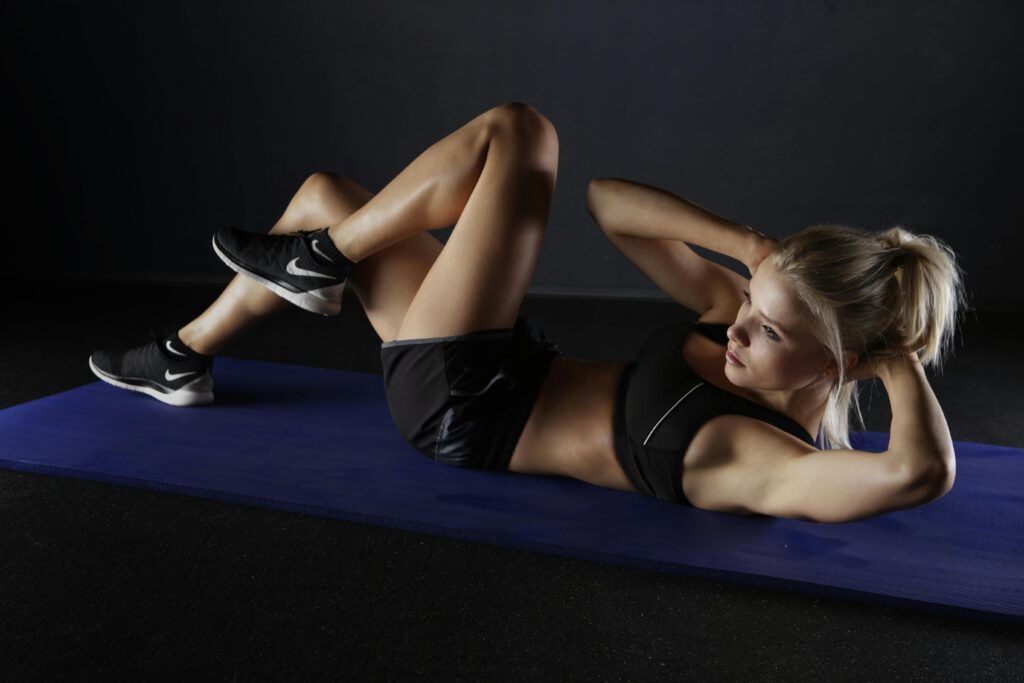
Real-Life Success Stories: How Contrast Therapy is Transforming Lives
Tom, 32 (Professional Sprinter) reduced muscle recovery time by 40% using contrast therapy. Lisa, 27 (CrossFit Athlete) improved endurance and mobility by integrating contrast therapy post-workout. Mark, 45 (Office Worker) found relief from chronic back pain through regular hot and cold therapy.
Final Thoughts: The Future of Contrast Therapy Workouts
As more people discover the power of contrast therapy, this recovery method is set to become a mainstream wellness practice in 2025. Many gyms, wellness centers, and sports recovery facilities are now offering contrast therapy as a standard service, making it more accessible to everyone.
Whether you’re an athlete, a fitness enthusiast, or someone looking for better recovery, improved circulation, and reduced stress, contrast therapy can help you optimize your body’s performance and mental resilience.
Are you ready to elevate your recovery game? Try contrast therapy workouts and experience the difference!
Have you tried contrast therapy? Share your experience in the comments below!



